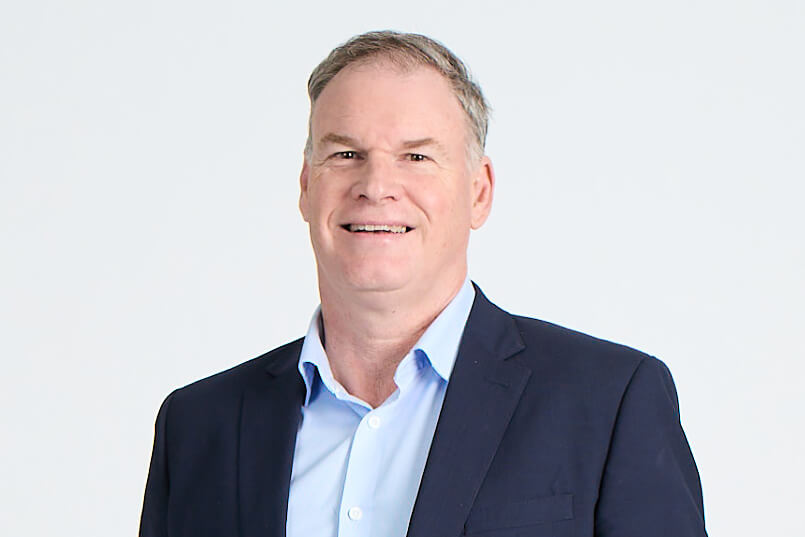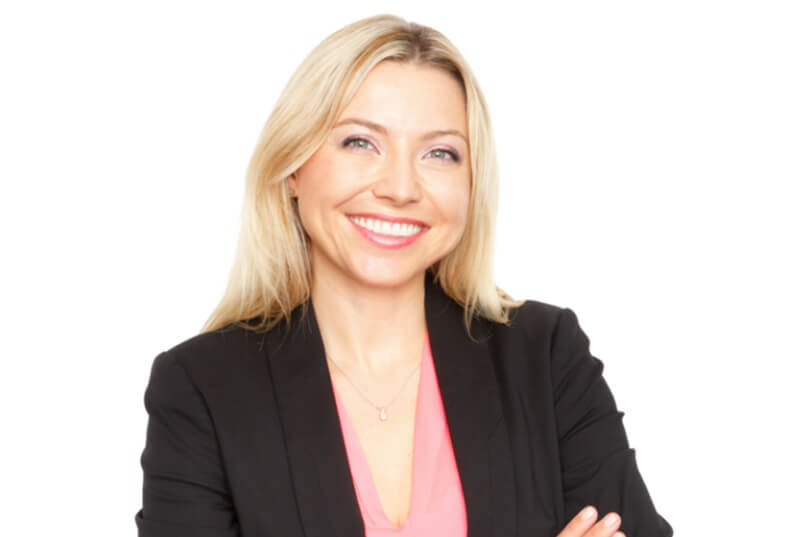Most people, in most jobs in this industry, want to make an impact in some shape or form. It’s not always easy. Navigation of existing practices, historical legacy or unwilling stakeholders is often challenging. Not to mention – what impactful issue to tackle?
I’m here to tell you that there’s one issue that almost all new CMOs could tackle – cleaning up and optimising your programmatic media supply chain.
Of all the budget lines on most marketing plans, paid media generally represents the most significant investment. Within paid media, the fastest growing and often largest channel investment is now made in digital media, an increasing majority of which is traded programmatically.
This trend has of course been caused by a number of factors stretching back over years – the advance of programmatic technology and associated ad-tech, the abundance of internet-driven consumer data, the rush to the summit of mount personalisation, and the perceived effectiveness of behavioural targeting is just four.
And yet no part of our industry is as maligned as digital advertising. Ad fraud is now recognised as a multi-billion dollar industry and advertisers, not to mention their agencies, seem to be both mesmerized by the promise and paralysed by fear of rolling back ingrained adherence to the cheap inventory and (on the face of it) a massive amount of impressions on offer.
In addition to this, there’s the basic fear of exposure.
Can you imagine the conundrum facing many marketing leaders who have ended up investing significantly in digital and particularly programmatic media?
While many in the industry have been talking down the issues of ad fraud and a murky financial transaction within the digital ecosystem, there is still plenty of evidence that significant amounts of advertiser media budget are not delivering an actual audience.
But here is the conundrum. If you identified where it was happening, how much was being lost and how to minimise it, how do you explain the previous wastage under your watch? And answer the question as to why you did not do something about it sooner?
Enter the prime opportunity for any new CMO to make a star of themselves with the CFO, CEO and the board. Unfortunately, it will most likely mean hanging out the previous marketing lead on their lack of due diligence and governance.
So why can you do this?
Unlike the incumbent in the role, you are not carrying the baggage of the past. You are the new broom, appointed to make improvements and drive the performance of the organisation through marketing. You are most likely keen to find a few quick wins that prove their decision in appointing you was the right one and win you the kudos and credit for the times ahead.
And how can you achieve it?
A few marketing leaders like to immediately put their agencies out to market. The new broom cleans out the old agencies and replaces them with their agency team.
The problem with this is beyond the appearance of change, and potentially a small saving in the agency fee, it is not really ground-breaking or earthshaking, particularly at the C-suite where agencies can come and go without so much as a murmur.
But if you have been appointed to a B2C company, with a healthy advertising budget and particularly a significant media budget, then you are sitting on a huge potential opportunity. Sure, following Watkins’ The First 90 Days plan, you can potentially reveal and unlock 30% – 50% of the media budget. How?
There are, in my opinion, three things you can do to diagnose and act. Depending on what you find, these actions may deliver one or more positive results:
- Allow for a direct cost saving (agency and/or inventory), enabling re-investment or a return of funds to the business
- Develop a greater understanding of what works and initiate test/evolve/learn program
- Introduce optimised practice, checks and balances, systems and processes designed to deliver continuous saving and improvement over time
- Instigate a commercial reset on improved or more transparent terms with your current agency
- Allow a considered decision (rather than an automatic one) about whether or not to pitch your current agency
Scrutinise Media Agency Agreement, Methodology, Processes and Digital Delivery
You should immediately ask your agency to clarify the following:
- Evidence of brand protection, viewability and fraud prevention tools and methodologies in use
- Webpage (URL level) placement of all impressions bought over the past 6-12 months or for major campaigns, and identification of any non-approved placements
- Isolation of Invalid Traffic where this has been detected, and agency’s measures to compensate
- Performance of digital advertising calibrated to relevant metrics – CPC, CPA, CPE, Viewability, Frequency – and evidence of how these are being tracked and measured
- The budgetary evolution of digital media and programmatically traded media as part of overall expenditure (how much are we spending on these channels as a proportion of total)
- Full understanding of the agency trading desk operation, trading methodology on your business and PMP or other programmatic direct deals being utilised.
- The current agency contract, particularly pertaining to programmatic and digital trading clauses
This internal process uncovers:
- The agency-level of competence
- The ‘agency truth’ of what’s working and what could be improved
- The ‘agency truth’ of ad-fraud levels and their success in prevention or mitigation
- The level of transparency you have in the current contract, and the level of permissible agency practices in areas such as principally traded inventory, access to audit, data ownership guard-rails and obligations, provision of tools and systems, and adherence to best practice
You can use the information the agency supplies either to instigate further investigations or to focus on reduction of wastage and effectiveness improvement within the current budget and operation.
This can be achieved by driving test/evolve/learn programs (silent tests, A/B message tests, multi-channel tests, reach and frequency capping, changing success metrics, testing different ad-exchanges/DSPs, insisting on adherence to industry accredited viewability standards, and many others) to fully establish programmatic effectiveness.
Let’s not forget that Marc Pritchard used similar learnings to reduce P&G’s digital marketing expenditure by $40m without seeing any negative effect on outcomes.
You can also tighten metrics and standards of measurement; negotiate compensation for underperforming campaigns or fraud if this has not been received.
And you can negotiate to tighten clauses in the contract to drive better overall practice.
The agency, of course, maybe brilliant, completely competent, and transparent, able to demonstrate absolute governance and rigour in your media investment.
However, if you find that the agency either cannot or will not supply this information, and quickly; or, that there are many problems in supply; or, that there seems to be a sharp increase in programmatic expenditure over time without genuine performance improvement versus previous media mix, then there may be reasonable grounds for concern.
If you have such concerns, the second thing you can do is to independently verify the agency operation.
Independent Verification – Ad Fraud
Agencies often make very big claims about the effectiveness of their own digital and programmatic capabilities and their ability to reduce or remove fraud.
Increasingly, these claims are being challenged by independent experts well versed in ad-fraud detection.
Importantly, such experts sit outside of agency/vendor direct relationships and as such are able to be completely objective.
Many of the larger agency networks operate commercial partnerships with third parties such as IAS and MOAT, whereby those companies are used by the agency to verify viewability and protect against fraud (paid for by your dollars, either in the agency fee, in overhead recovery, or as part of your on-dollar digital media costs).
But we have to assume that such partnerships are mutually beneficial – so can they be truly objective? I’m not suggesting that agencies (or the verification companies) make up results, but most advertisers are in the position of simply accepting the agency’s choices. Can we be completely convinced that the fraud prevention partner in partnership with the agency is the best possible partner for the job?
If it was my money, I would be choosing suppliers the agency does not recommend. It is pointless having the agencies supplying the vendors to mark their homework. In my experience, Media Fraud experts like Dr Augustine Fou at Fou Analytics seem to be operating outside the cosy coterie of digital media vendors. It is well worth exploring the gap between agency perception, however well-intended, and the analytical assessment of a fraud prevention expert.
Independent Verification – On-Dollar Efficiency and Overall Programmatic Effectiveness
There have been various studies (notably the WFA, ISBA and PWC) and opinions (notably Bob Hoffman) stating that, for every advertising dollar spent on programmatically traded media, the majority is sucked into hidden fees within the supply chain, as opposed to being spent on actual inventory.
As with fraud prevention, it is very difficult to gain a truly objective and end-to-end view of programmatic media investment via your media agency.
There are now platforms such as Fenestra that use blockchain technology to independently and instantly track, quantify and evaluate programmatic investment across the supply chain (including your agency).
If your programmatic expenditure is significant, implementation of a platform such as Fenestra would likely provide a much clearer state of nation picture, capturing every financial transaction from the agency, through buy-side platforms and exchanges, through to sell-side platforms – and in doing so, enable much greater transparency alongside optimisation strategies that will save money and deliver performance improvements.
So there it is. Three things you can do in this tricky area. Of course, some of what I’m suggesting here requires a level of investment. But the rewards are likely to be significant.
Who knows, within your first 90 days you could be that Rockstar reporting to the board how you have already improved the media investment value by 30% – to 50% and reduced ad fraud to next to nothing. Something your predecessor never achieved.
A heavily edited and co-authored version of this article first appeared in The Drum on May 24, 2021
Are you concerned about the value you are obtaining from your media investment? Find out about our comprehensive media assessment service here




